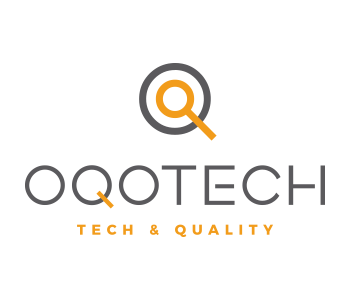
Ready for the new version of ISO/IEC 17025?
A new version of ISO/IEC 17025 is about to be published. What’s new? Is my laboratory ready for the new version?


An updated version of ISO/IEC 17025 is imminent. Remember that ISO/IEC 17025 is the standard par excellence that contains all the requirements that testing and calibration laboratories must meet if they are to demonstrate that they have a management system, are technically competent and are able to generate technically valid results.
The importance of the new version of ISO/IEC 17025 should be stressed. As indicated in its text in the current version:
- “Accreditation bodies that recognize the competence of testing and calibration laboratories rely on this International Standard for their accreditation.”
- “If testing and calibration laboratories meet the requirements of this International Standard, they shall operate under a quality management system for their testing and calibration activities which shall also comply with the principles of ISO 9001.”
- “This International Standard is for use by laboratories when developing management systems for their quality, administrative and technical activities. It may also be used by the laboratory’s clients, regulatory authorities and accreditation bodies when confirming or recognizing the competence of laboratories”.
There is a general objective of this rule. It is based on facilitating cooperation between laboratories and agencies, helping to exchange information and experience, as well as collaborating in the harmonization of different standards and procedures.
There is a current version, which is accepted as the international reference for validating and guaranteeing test results. It also talks about the calibration of laboratories worldwide – more than 60,000 – and was published in 2005. Naturally, in more than 10 years, laboratories and, in general, industry, have changed significantly. Advances in process technology and laboratory systems require an updated version of the standard that takes this new landscape into account.
As Heribert Schorn, coordinator of the standard’s working group points out. He points out: “The revision was necessary to cover all the changes and technical developments that the industry has seen since the last version. In addition, the standard takes into account the new version of ISO 9001.”
The new version of ISO/IEC 17025 sets minimum values of professional competence for personnel and calibration. Also for the maintenance of equipment and the general processes used to generate the data. This forces laboratories to operate in a way that ensures that their processes are under control and that their data are complete.
The new version of ISO/IEC 17025
One of the great novelties of the new version of the ISO/IEC 17025 standard, is about the validation of computerized systems. In the current standard, there were already references to the fact that the software used must be validated and verified. But validation is given an even greater role in the new revision. Software validation will be required in general, with more or less effort depending on the software. For example, whether it is custom software or standard software. Customized software packages and customized software will require a greater validation effort, especially at the level of requirements specifications, installations and acceptance tests.
The revision of ISO/IEC 17025 takes into account the activities and new ways of working in today’s laboratories.
Main changes:
- The process approach now takes into account the most recent versions of the ISO 9001 (quality management), ISO 15189 (medical laboratory quality) and ISO/IEC 17021-1 (requirements for auditing and certification bodies) standards. Emphasis is now placed on the results of a process rather than on the mere detailed description of steps.
- Greater emphasis is placed on information technology. The use of computer systems, electronic records, results and electronic reporting are taken into account. The laboratories, which are increasingly modern, had to be regulated in this way.
- A chapter on the risk-based approach is included and compares it with the new version of ISO 9001:2015. Particularly with Quality Management Systems – Requirements.
- The terminology used was modernized. Electronic records are increasingly used to the detriment of paper-based manuals, registers, and reports. This requires an adaptation of the terms used. Examples of terms that have been adapted include changes in the international vocabulary of metrology. And also a general alignment with ISO/IEC terminology.
- A new structure has been adopted to align this standard with other existing ISO/IEC conformity assessment standards. Such as the ISO/IEC 17000 series.
- The scope of the standard has been revised to be able to cover all laboratory activities. Including testing, calibration, and sampling associated with calibration and post-testing.
We hope that it will be useful to you and as a starting point for the implementation of the new requirements. And, those related to the validation of computerized systems, which will be of vital relevance for the adaptation to the standard.








